I believe to improve something, you must be able to measure it in some way. Surveys of nature are inherently time consuming and suffer from huge statistical variations. For example try and count how many bees are in a 1 metre patch in a minute and you will hit a multitude of problems. For a start bees don’t stay still and look very similar, how many have you counted twice, or 5 times even. Which one metre patch, season, weather, time of day will significantly effect the data, making it fairly meaningless for statistical comparison. Then if you try and extrapolate the bad data to predict a population of a wider area from a few samples, any data anomalies will be amplified.
It is important we do something though, but I think we just keep it simple. I for one am not counting how many buttercups we have in the meadow 🙂 so our methods need to be quick and simple. There needs to be some continuity in our methodology and some record keeping so we can make year on year comparisons.
Keeping a simple list of species is a good start. Then putting them into three groups; things we have lots of, things we have some of (a few here and there) and things we only have 1 or 2 of. Then we try and move things up the list so we have more of everything, and maybe encourage new ones to move in. You could go as far as to have forth category of species that are native and local that we haven’t got any of and would like to introduce, but we already have all the right species here, just not enough of them. Year on year we can measure progress by the number of species in each category. It doesn’t need to get much more scientific than that to demonstrate improvement. Obviously the three tier system is a bit subjective, especially when the same system is applied to fish and flowers, but probably no more so than counting bees.
Photographs are another good way to make year on year comparisons, so I endeavour to take lots throughout the seasons in a slightly more structured way than I do normally. Capturing key events like may fly hatches. This can be used to supplement anecdotal witness evidence such as our memories of previous years.
One thing we are keen to measure with a little more detail is invertebrate life in the rivers and lakes. So to add a bit of consistency we are going to take a hand full or foliage from the river such as Watermint and roughly count the number of things living in it. A few samples from the same area and host plant should work out roughly the same and we can average it out. Then we record that at the same sorts of times of year each year. Keeping records for different locations and the host plants, will allow us to learn what works for the wildlife we want to encourage and hone our efforts to get the best gains.
Anyway, this work has started in earnest, we have been surveying wildflowers which is an all summer job as different ones flower at different times of year, so it was important to start this at the end of winter when the first snowdrops poke their head through the soil.
We have also had our waders on and got in the river. This was for a few reasons, firstly I wanted to try my new chest waders out, but more importantly we wanted to survey the river bed to allow us to create a plan for planting. We were very happy to discover that the bed is mainly loose gravel with areas of course gritty sand. Perfect for fish spawning and also makes it easier for us to plant. One area at the top 30 yards of the river is compacted however, it is more akin to concrete as you can’t even pick individual stones out with your fingers. This is bad but at least it is only a small area. We may choose to clean this gravel with a high pressure jet at some point; this blasts the compacted material out and loosens the gravel and grit left behind. The good news is that the vast majority of the area we are planning to plant this year is in a ready to go, perfect condition.
The other thing we tried was invertebrate sampling. Taking a handful of Watermint in my hand I estimated how many things I had squirming around in my hand. I would say 50, but they were all shrimp. Samples taken from different places all had very similar results. Which is great to see we have life already. Also quite a few fish shooting off as we disturbed them, nothing of any size but a good number of fry.
We also gained a much better understanding of the topology of the river and main current flow. It varies quite drastically from 1′ deep to nearly may armpits. The flow undulates around obstacles creating strong flows which hollow out craters and other areas of more protected calmer water. It is a very beautiful river and it is very exciting to finally be getting stuck in with our plans.
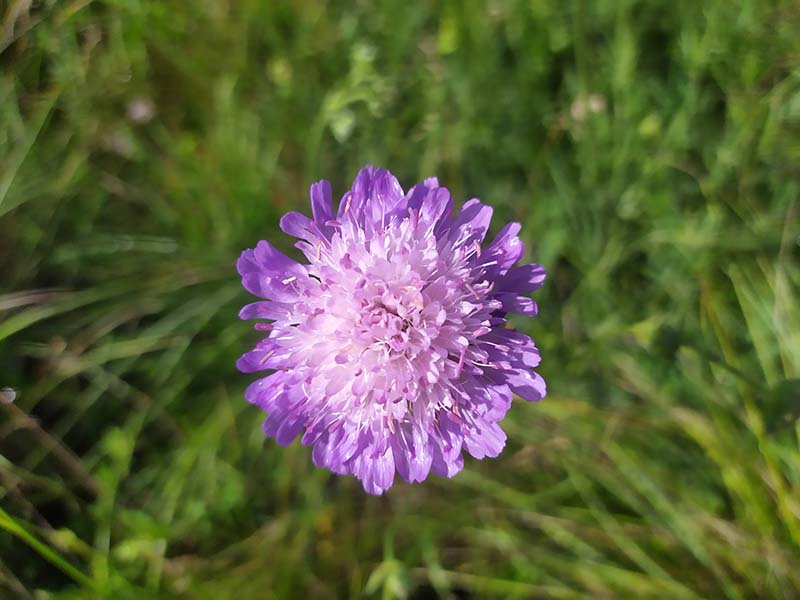
Scabious 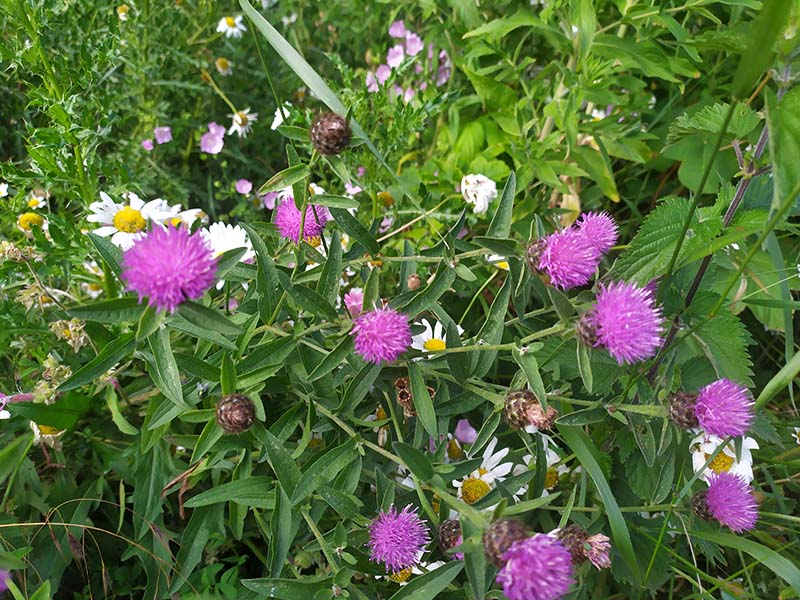
Knapweed 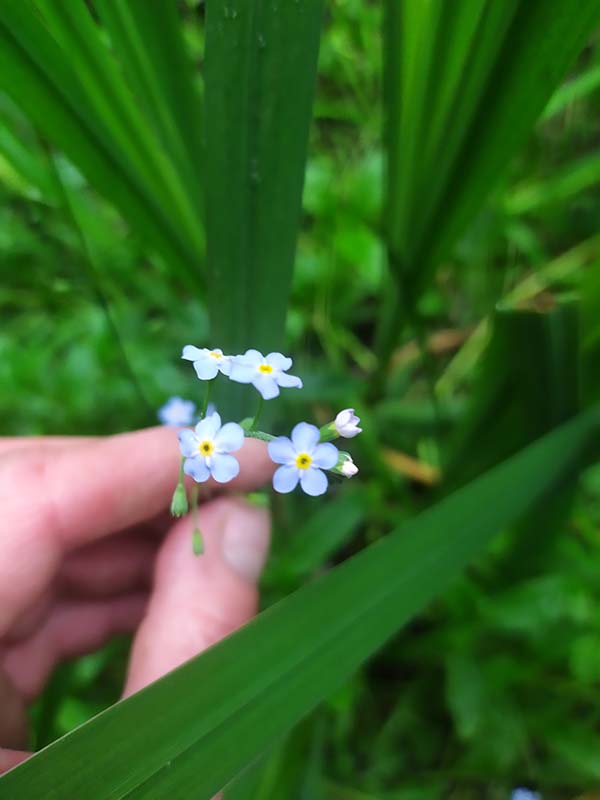
Forget-me-not 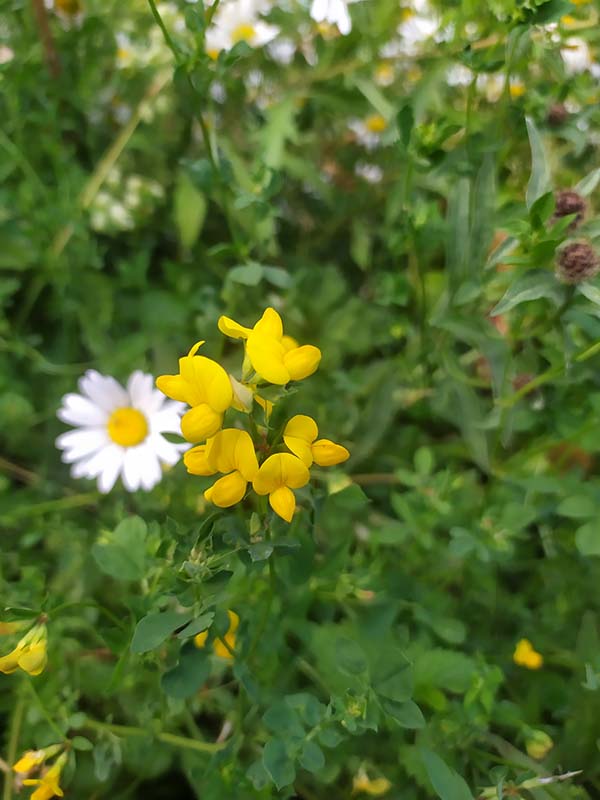
Birdsfoot Trefoil 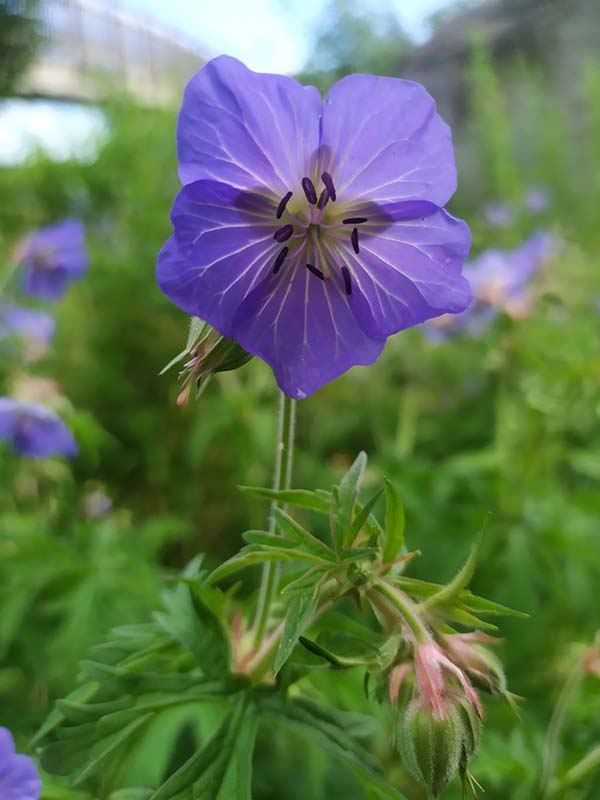
Meadow Cranesbill